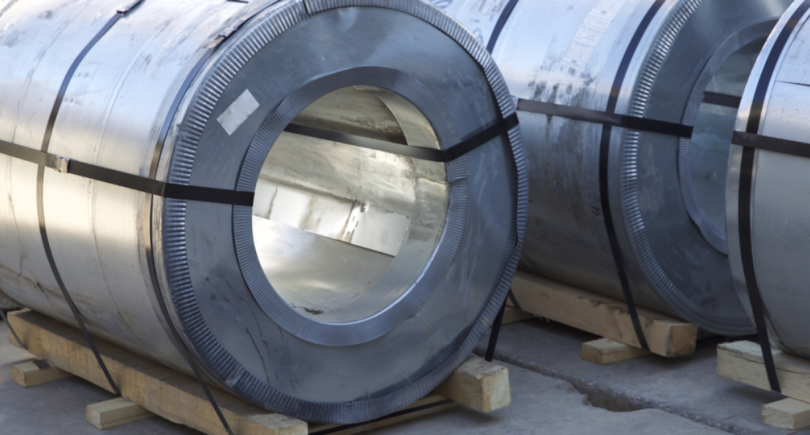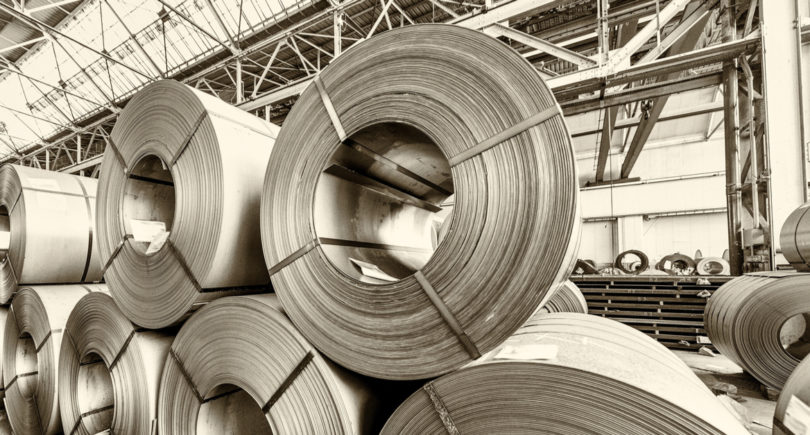
News Global Market China 1429 13 April 2023
In January-March, Chinese steelmakers imported 294.33 million tons of iron ore
In January-March 2023, Chinese steel companies increased the import of iron ore by 9.8% compared to the same period in 2022 – up to 294.33 million tons. SteelOrbis reports about it with the reference to Chinese customs authorities.
In March, China imported 100.23 million tons of iron ore, which is 10.6% more compared to February 2023, and 14.8% more compared to March 2022.
Finished steel prices followed an upward trend until mid-March 2023 amid improved end-user demand, which supported growth in iron ore imports and raw material prices. At the end of March, the trend turned in the opposite direction due to a decrease in demand and steel prices, which was unexpected for market participants.
At the beginning of April, steel prices fell further due to the expansion of steel mills’ capacities despite weak demand.
As GMK Center reported earlier, in September iron ore futures for the week of March 31 – April 7, 2023, fell by 12.4% compared to the previous week – to 796 yuan/t ($115.72/t).
Iron ore prices fell sharply under pressure from expected supply growth and weak apparent demand. Steel companies minimized purchases of raw materials amid unexpectedly low consumption of finished steel in the traditional peak of the construction season. In addition, the market is afraid of government intervention in the regulation of price levels for raw materials.
According to Kallanish forecasts, iron ore prices by the end of 2023 will fall to $90/t, and the tension on the raw material market will decrease in the second half of 2023. The main reason for the drop in prices will be the growth of raw material stocks due to the recovery of supplies from Brazil, India and, possibly, the Russian Federation and Ukraine. At the same time, the consumption of iron ore will be at a lower level than the supply.



